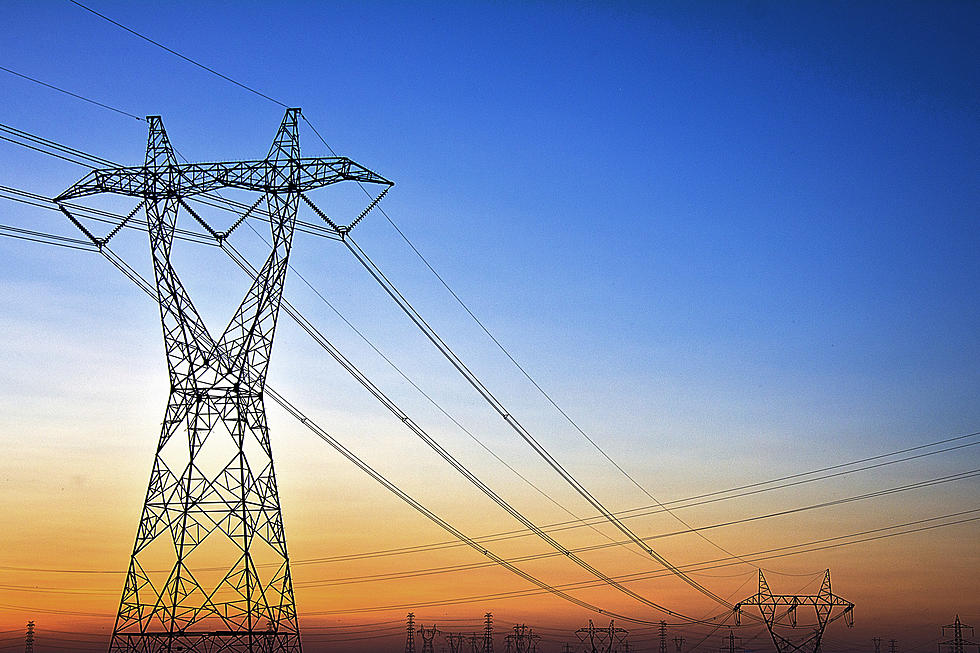
Heads Up Texans, Electricity Shutoffs to Resume Last Week of June
Texans facing difficulties paying their electricity bill may face disconnections starting at the end of June.
According to an article from Houston Public Media, the shutoff moratorium that was protecting people from having their electricity disconnected for most of 2020 will expire on June 18.
This comes after The Public Utility Commission of Texas met on Friday, June 11.
This could pose a huge problem for those who have struggled financially since the COVID-19 pandemic began and then the winter storm that rolled through Texas in February have left many behind on electric bills.

Private electricity companies are required to send a 10-day “re-notification” before shutoffs are to resume during the last week of June.
Home owners and renters can seek help with electricity payments through the Rent Relief Program which is run by the The Texas Department of Housing and Community Affairs.
“You can search for area administrators by using our Help for Texans website. Select the utility bill payment help button, scroll down and enter your city or county and then click the Find Help button. A list of administrators will open in another browser tab. You will need to contact the administrator(s) and work with them on an application.”
Texas is expected to see a hotter than usual summer this year which could lead to a deadly summer for those without the ability to run their air conditioner in their homes.
It's important to note that the moratorium was only in effect for private electricity companies and not municipally owned operations. Shutoff for those using municipally owned companies have not been announced as of yet.
There is help for those who need assistance with paying their electric and utility bills, start with Help for Texans and see what services you can benefit from.



